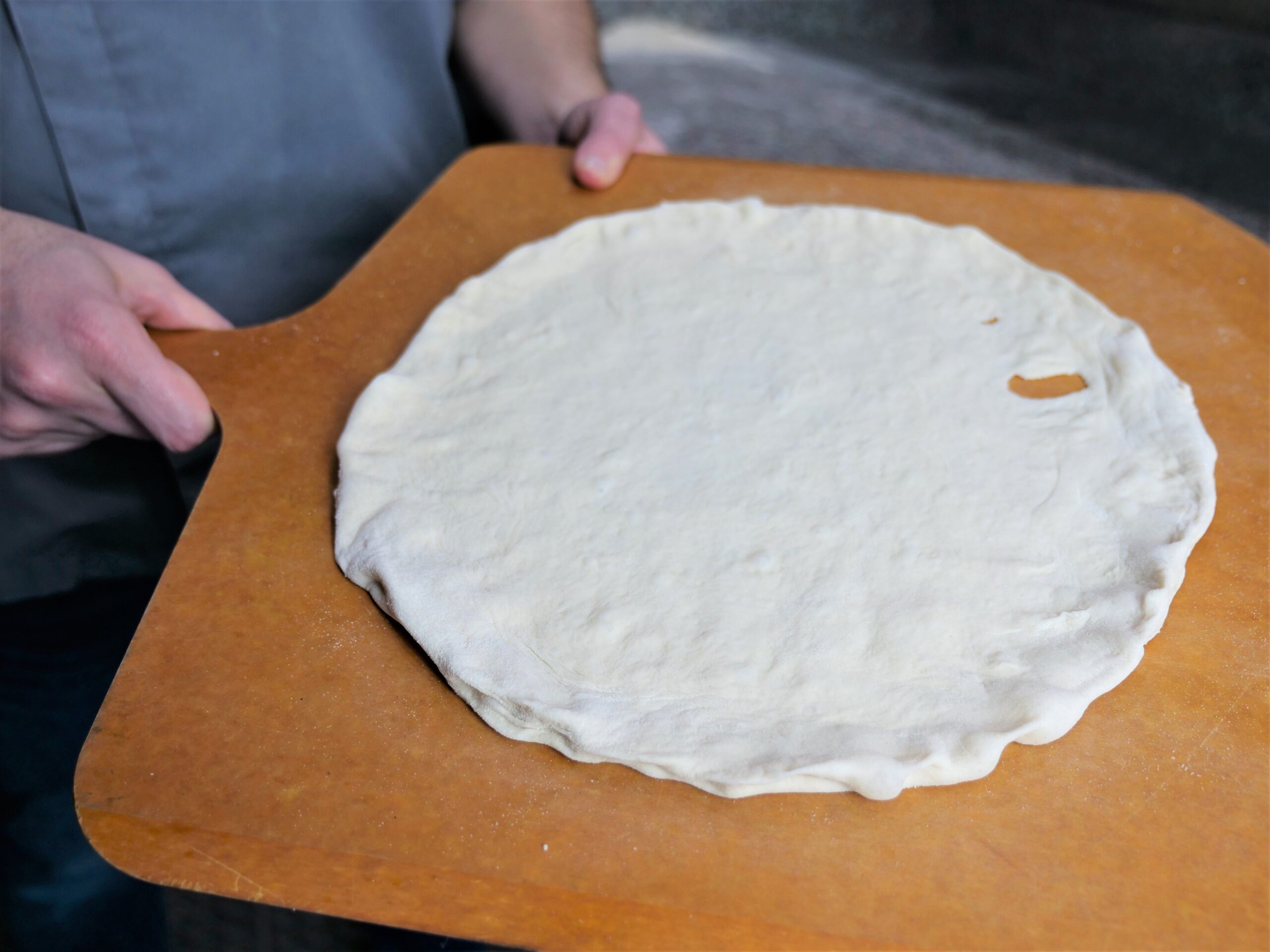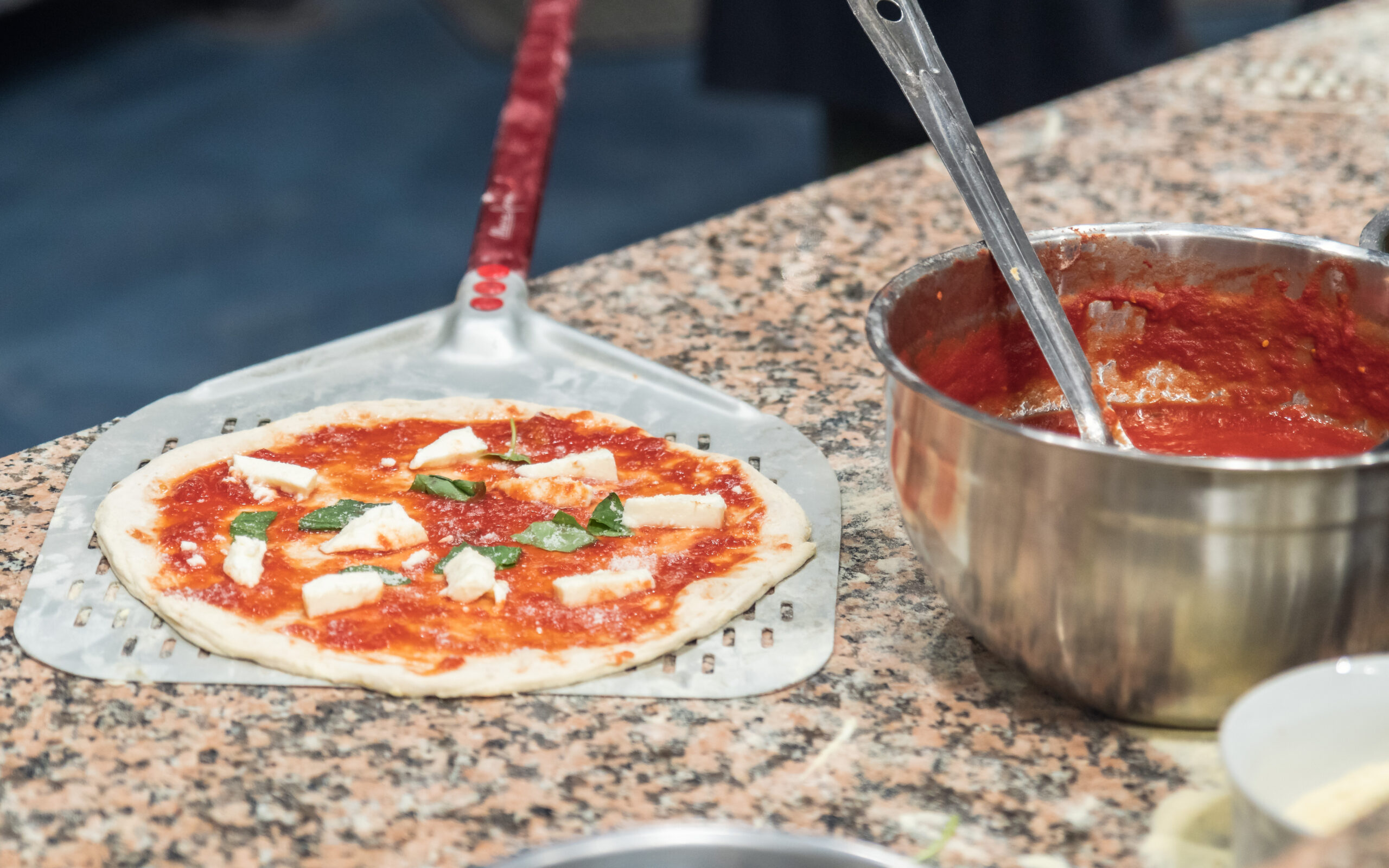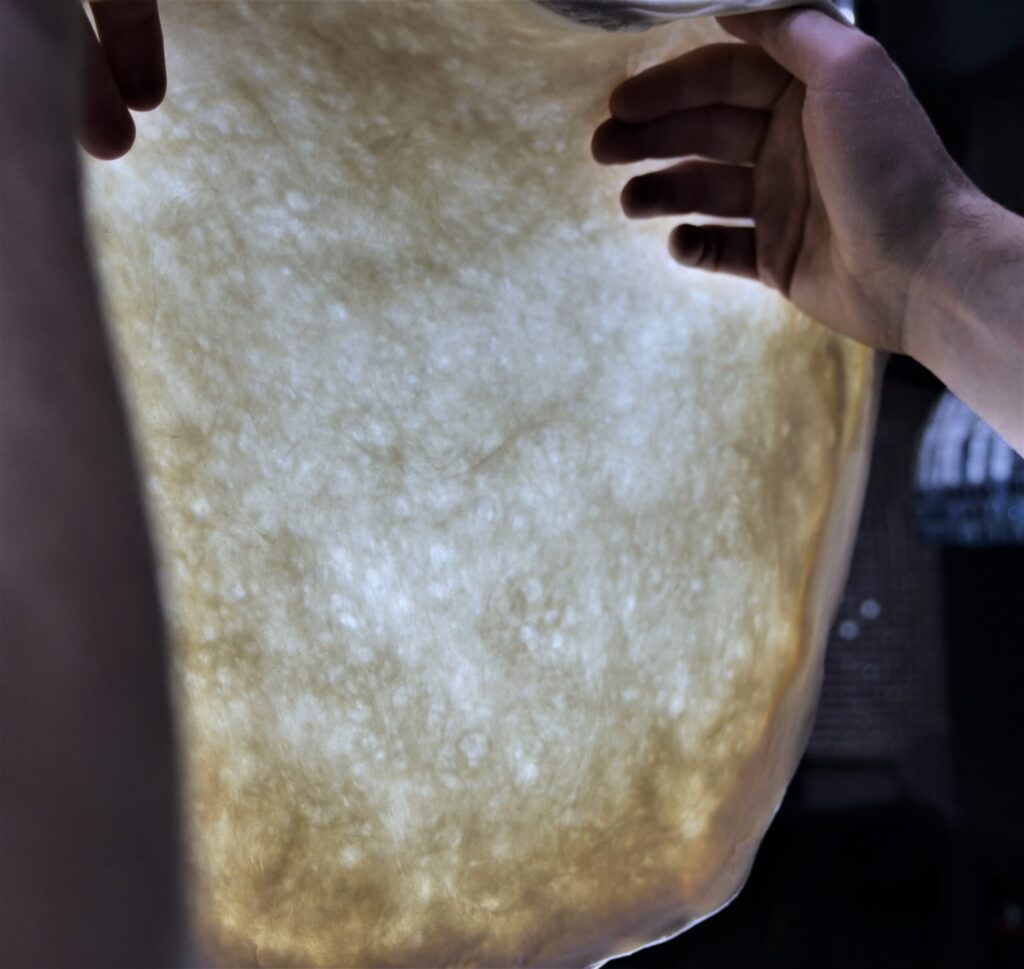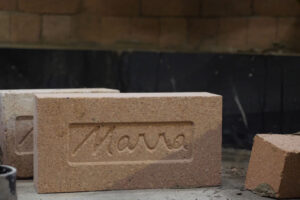Don’t Throw Out Torn Dough….Try this Instead!
It’s happened to the best of us. You’ve just finished preparing picture-perfect pizza dough, yet somehow in the middle of shaping it, it tears. There’s no need to throw the dough away, or to start from scratch, however. There are a few simple steps to take to repair the dough, and a few more to ensure that tears don’t happen anymore.
First of all, it’s important to understand that making successful pizza dough has many steps. During our certification classes, resident instructor, Chef Felice Colucci focuses on teaching students the importance of the ingredients, making and mixing the dough, the leavening process, how to properly stretch and shape dough, and of course topping and firing the pizzas. Chef Felice is constantly asked “what should I do if my dough tears?” This mishap is so undesirable, that he often takes students once again through the steps of how to not make it tear in the first place. Over the years, he has come up with the following suggestions:
What to do if your pizza dough tears:
- If dough tears after you have already added toppings, a common Italian quick-fix is to quickly remove the toppings and then fold the dough in half like a calzone. Next, you place basil under the torn area, and then turn over and re-add toppings.
2. With your fingers, gently pinch one edge of the whole of the tear and pull it over the entire tear. Firmly pinch down to seal the dough and be careful not to re-stretch that area.
Before toppings – how to not ruin
If tearing is a frequent problem, Chef Felice suggests :
- Add a bit of extra-virgin olive oil to the dough to make it more elastic. While traditional Neapolitan pizza baked at a very high temperature does not use olive oil in the dough, ovens that are heated to lower temperatures such as home ovens, or pizzerias making other styles of pizza such as Detroit, Chicago, New York, Roman, California, and Neo-Neapolitan styles will be able to add a bit of additional oil to their dough since it always used in their recipes anyway.
- Be sure to check out Chef Felice’s techniques here to ensure the dough itself is made properly.
- Knead the dough a little bit longer than normal to improve the gluten structure. The amount of gluten will stay the same but the quality and strength will improve, and your dough will be less likely to tear.
- Make sure that you are using a flour with at least 11% protein content. Don’t use pastry flour to make pizza.
- Make sure that the dough rests enough before stretching so that it relaxes enough before forming.
- As you are stretching the dough before you go all the way, you can stop to spot check the dough – this allows you to notice thin areas. All that you need to do is place the dough (pizza base over your fists and lift them up so that you can see underneath them. Holding it up to the light this way enables you to notice thin areas and then you will know what to avoid stretching too much.
- Practice stretching skills to create an evenly thick dough.
If you would like to enroll in our certification classes or schedule private consultations with Chef Felice, click here:






